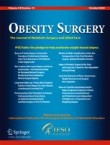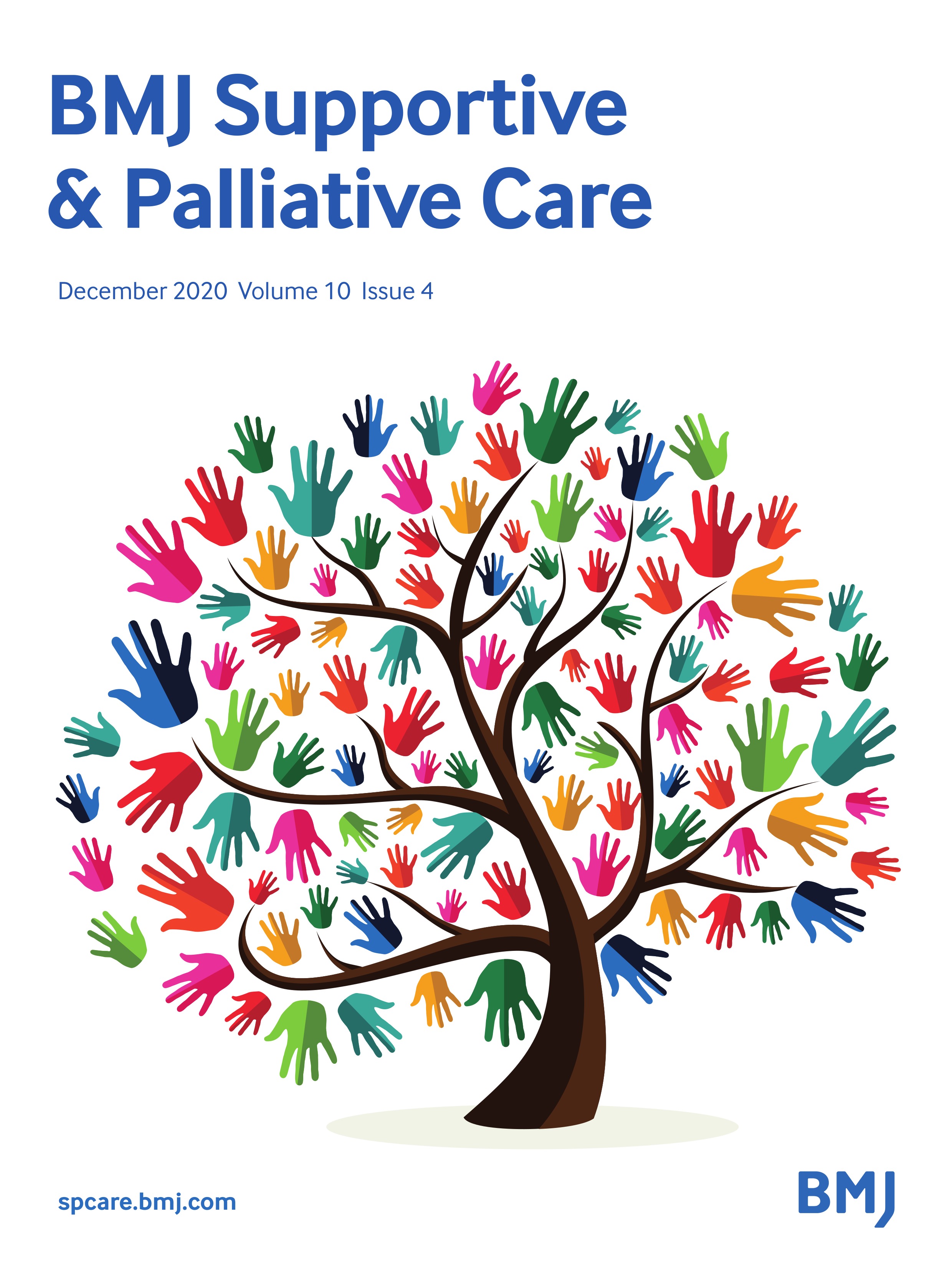|
Αρχειοθήκη ιστολογίου
-
►
2023
(391)
- ► Φεβρουαρίου (200)
- ► Ιανουαρίου (191)
-
►
2022
(2843)
- ► Δεκεμβρίου (161)
- ► Σεπτεμβρίου (219)
- ► Φεβρουαρίου (264)
- ► Ιανουαρίου (280)
-
►
2021
(5625)
- ► Δεκεμβρίου (231)
- ► Σεπτεμβρίου (345)
- ► Φεβρουαρίου (620)
-
▼
2020
(2065)
- ► Δεκεμβρίου (535)
-
▼
Νοεμβρίου
(733)
-
▼
Νοε 26
(33)
- The Development of Three-DNA Methylation Signature...
- The Nrf2/PGC1α Pathway Regulates Antioxidant and P...
- Neural Model Stealing Attack to Smart Mobile Devic...
- Current and Potential Applications of Artificial I...
- Robot-assisted neurosurgery versus conventional tr...
- The Effect of Laparoscopic Sleeve Gastrectomy on G...
- [News] Carcinogenicity of acrolein, crotonaldehyde...
- [Articles] Global burden of acute lower respirator...
- [Comment] The place for remdesivir in COVID-19 tre...
- Economic Evaluation of Suture Versus Clip Anastomo...
- Professionals guidance about palliative medicine i...
- Hospital end-of-life care: families free-text notes
- Allocation of funding into blast injury-related re...
- Evaluation of glucose-6-phosphate dehydrogenase (G...
- Release of Mafia-crime prisoners during the COVID-...
- Accidental sulfur mustard exposure from explosive ...
- Unusual presentations of cutaneous larva migrans i...
- Sex-Related Differences in Anxious-Depressive and ...
- Microelectrophysiological Studies of the Ratio of ...
- Acoustic and Perceptual Features of the Emotional ...
- Combined Influences of Genetic Factors and Attenti...
- Effect of Intraoperative Goal-Directed Fluid Manag...
- Post-Stent Ballooning during TransCarotid Artery R...
- Pathways to Enable Primary Healthcare Nurses in Pr...
- Associations Between Maternal Community Deprivatio...
- Code-Sharing in Cost-of-Illness Calculations: An A...
- Epidemiology and public health response in early p...
- Serology- and PCR-based cumulative incidence of SA...
- Where has all the influenza gone? The impact of CO...
- Fully-customized distraction assembly for maxillof...
- Routinely collected patient data in neurology rese...
- Vestibular rehabilitation in multiple sclerosis: s...
- A distinct neuromelanin magnetic resonance imaging...
-
▼
Νοε 26
(33)
- ► Σεπτεμβρίου (222)
- ► Φεβρουαρίου (28)
-
►
2019
(9608)
- ► Δεκεμβρίου (19)
- ► Σεπτεμβρίου (54)
- ► Φεβρουαρίου (3791)
- ► Ιανουαρίου (3737)
-
►
2018
(69720)
- ► Δεκεμβρίου (3507)
- ► Σεπτεμβρίου (3851)
- ► Φεβρουαρίου (8116)
- ► Ιανουαρίου (7758)
-
►
2017
(111579)
- ► Δεκεμβρίου (7718)
- ► Σεπτεμβρίου (7549)
- ► Φεβρουαρίου (10753)
- ► Ιανουαρίου (10529)
-
►
2016
(16402)
- ► Δεκεμβρίου (7478)
- ► Φεβρουαρίου (900)
- ► Ιανουαρίου (1250)
! # Ola via Alexandros G.Sfakianakis on Inoreader
Η λίστα ιστολογίων μου
Πέμπτη 26 Νοεμβρίου 2020
The Development of Three-DNA Methylation Signature as a Novel Prognostic Biomarker in Patients with Colorectal Cancer
The Nrf2/PGC1α Pathway Regulates Antioxidant and Proteasomal Activity to Alter Cisplatin Sensitivity in Ovarian Cancer
|
Neural Model Stealing Attack to Smart Mobile Device on Intelligent Medical Platform
|
Current and Potential Applications of Artificial Intelligence in Gastrointestinal Stromal Tumor Imaging
|
Robot-assisted neurosurgery versus conventional treatment for intracerebral hemorrhage: A systematic review and meta-analysis
|
The Effect of Laparoscopic Sleeve Gastrectomy on Gastroesophageal Reflux Disease
|
[News] Carcinogenicity of acrolein, crotonaldehyde, and arecoline
|
[Articles] Global burden of acute lower respiratory infection associated with human metapneumovirus in children under 5 years in 2018: a systematic review and modelling study
|
[Comment] The place for remdesivir in COVID-19 treatment
|
Economic Evaluation of Suture Versus Clip Anastomosis in Arteriovenous Fistula Creation
|
Professionals guidance about palliative medicine in chronic heart failure: a mixed-method study
|
Hospital end-of-life care: families free-text notes
|
Αρχειοθήκη ιστολογίου
-
►
2023
(391)
- ► Φεβρουαρίου (200)
- ► Ιανουαρίου (191)
-
►
2022
(2843)
- ► Δεκεμβρίου (161)
- ► Σεπτεμβρίου (219)
- ► Φεβρουαρίου (264)
- ► Ιανουαρίου (280)
-
►
2021
(5625)
- ► Δεκεμβρίου (231)
- ► Σεπτεμβρίου (345)
- ► Φεβρουαρίου (620)
-
▼
2020
(2065)
- ► Δεκεμβρίου (535)
-
▼
Νοεμβρίου
(733)
-
▼
Νοε 26
(33)
- The Development of Three-DNA Methylation Signature...
- The Nrf2/PGC1α Pathway Regulates Antioxidant and P...
- Neural Model Stealing Attack to Smart Mobile Devic...
- Current and Potential Applications of Artificial I...
- Robot-assisted neurosurgery versus conventional tr...
- The Effect of Laparoscopic Sleeve Gastrectomy on G...
- [News] Carcinogenicity of acrolein, crotonaldehyde...
- [Articles] Global burden of acute lower respirator...
- [Comment] The place for remdesivir in COVID-19 tre...
- Economic Evaluation of Suture Versus Clip Anastomo...
- Professionals guidance about palliative medicine i...
- Hospital end-of-life care: families free-text notes
- Allocation of funding into blast injury-related re...
- Evaluation of glucose-6-phosphate dehydrogenase (G...
- Release of Mafia-crime prisoners during the COVID-...
- Accidental sulfur mustard exposure from explosive ...
- Unusual presentations of cutaneous larva migrans i...
- Sex-Related Differences in Anxious-Depressive and ...
- Microelectrophysiological Studies of the Ratio of ...
- Acoustic and Perceptual Features of the Emotional ...
- Combined Influences of Genetic Factors and Attenti...
- Effect of Intraoperative Goal-Directed Fluid Manag...
- Post-Stent Ballooning during TransCarotid Artery R...
- Pathways to Enable Primary Healthcare Nurses in Pr...
- Associations Between Maternal Community Deprivatio...
- Code-Sharing in Cost-of-Illness Calculations: An A...
- Epidemiology and public health response in early p...
- Serology- and PCR-based cumulative incidence of SA...
- Where has all the influenza gone? The impact of CO...
- Fully-customized distraction assembly for maxillof...
- Routinely collected patient data in neurology rese...
- Vestibular rehabilitation in multiple sclerosis: s...
- A distinct neuromelanin magnetic resonance imaging...
-
▼
Νοε 26
(33)
- ► Σεπτεμβρίου (222)
- ► Φεβρουαρίου (28)
-
►
2019
(9608)
- ► Δεκεμβρίου (19)
- ► Σεπτεμβρίου (54)
- ► Φεβρουαρίου (3791)
- ► Ιανουαρίου (3737)
-
►
2018
(69720)
- ► Δεκεμβρίου (3507)
- ► Σεπτεμβρίου (3851)
- ► Φεβρουαρίου (8116)
- ► Ιανουαρίου (7758)
-
►
2017
(111579)
- ► Δεκεμβρίου (7718)
- ► Σεπτεμβρίου (7549)
- ► Φεβρουαρίου (10753)
- ► Ιανουαρίου (10529)
-
►
2016
(16402)
- ► Δεκεμβρίου (7478)
- ► Φεβρουαρίου (900)
- ► Ιανουαρίου (1250)







